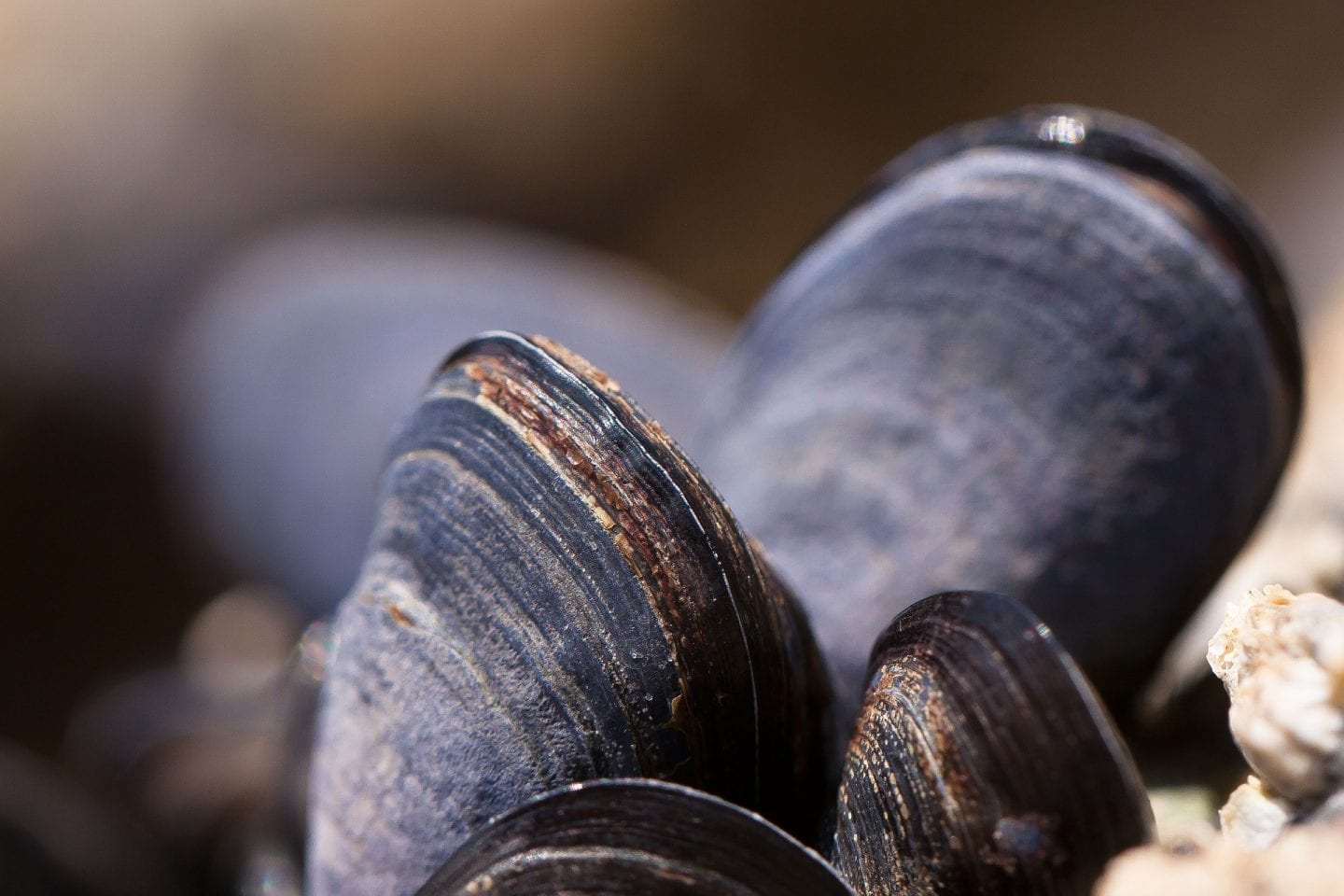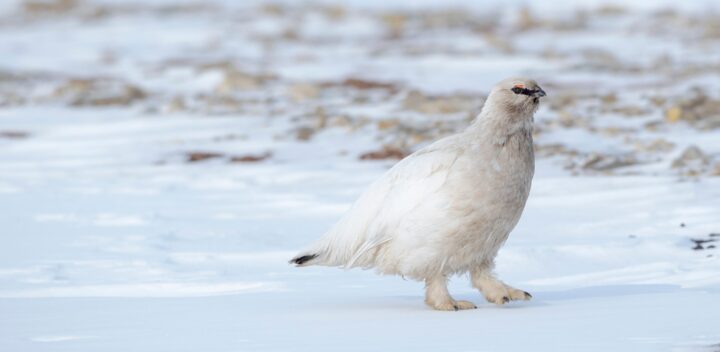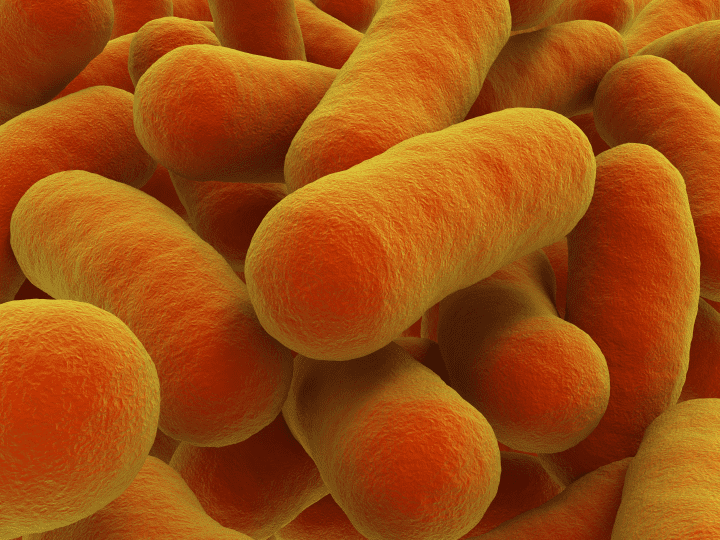Regulate Reproduction or Growth
Reproduction and growth are two physiological processes that occur in all living systems. There are situations when conditions are right for both, and other situations when continuing either harms the living system because both have a very high energy cost. Reproduction and growth are unique in that both can stop until conditions improve, although stopping either for an extended time can cause problems. An example of regulating reproduction is a process called delayed implantation or embryonic diapause found in some mammals, such as otters. An otter’s embryos sometimes temporarily cease developing and won’t develop further until the female senses that conditions are suitable.
Chemically Assemble Organic Compounds
Part of the reason that synthesis reactions (chemical assembly) can occur under such mild conditions as ambient temperature and pressure in water is because most often, they occur in a stepwise, enzyme-mediated fashion, sipping or releasing small amounts of energy at each step. For example, the synthesis of glucose from carbon dioxide in the Calvin cycle is a 15-step process, each step regulated by a different enzyme.
Modify Size/Shape/Mass/Volume
Many living systems alter their physical properties, such as size, shape, mass, or volume. These modifications occur in response to the living system’s needs and/or changing environmental conditions. For example, they may do this to move more efficiently, escape predators, recover from damage, or for many other reasons. These modifications require appropriate response rates and levels. Modifying any of these properties requires materials to enable such changes, cues to make the changes, and mechanisms to control them. An example is the porcupine fish, which protects itself from predators by taking sips of water or air to inflate its body and to erect spines embedded in its skin.





